Classification of Mental disorders
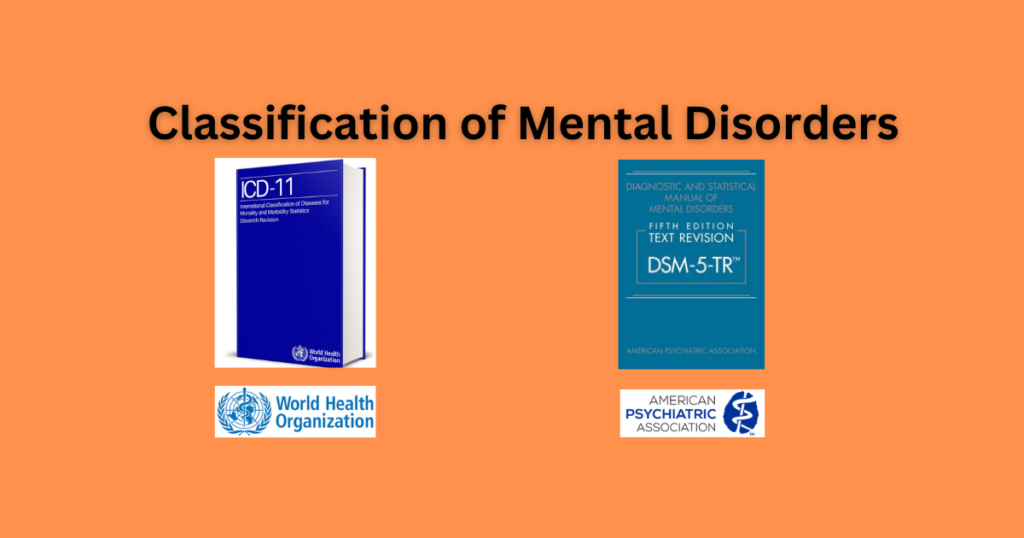
The diagnosis and classification system of mental disorders have been a highly debatable topic throughout history. A lot of theoretical approaches and systems have been put forward to categorize the nature of mental illnesses commonly. Common ways of defining, describing, and classifying mental disorder were possible only until last of 20th century. It has been made possible by the International Classification of Diseases (ICD) of Mental Disorders (World Health Organization, 1992, 1993) developed by the World Health Organization and the Diagnostic and Statistical Manual (DSM) of Mental Disorders developed by American Psychiatric Association. Despite being widely used around the world, both tools conceptualize and classify mental disorders in different ways.
The classifications are based on:
- Observable so-called pathological human behaviors or deviant mental states,
- Cultural ways of understanding the behavior and
- The social context in which the behavior occurs.
These classification tools get updated or revised by psychologists and mental health professionals . To incorporate new research findings, the text of the manual is updated timely and thoroughly . It improves the manual’s validity, reliability, and clinical usefulness.
Diagnosis of Mental Disorders
Diagnosis plays a significant role in therapeutic settings as it determines and specifies the symptoms in a patient. The diagnosis makes it easier to determine the treatment method, medication and duration. It also helps the individual come to terms with their condition and learn more about how it might affect them. But the question arises of how psychologists identify the specific disorder a person is experiencing. To this end, psychologists and other mental health professionals have agreed upon a classification system to serve as a guide for treating and managing people with mental disorders or illnesses.
International classification of diseases of mental disorder (ICD)
The ICD is a globally used diagnostic, treatment, research, and statistical reporting tool for physical and mental illnesses. It is maintained by World Health Organization (WHO). It represents a powerful clinical, administrative, scientific, and epidemiological tool. The ICD is based on current scientific pieces of evidence and models of diseases. It is designed to perform several functions to help WHO’s motto of global public health mission.
Firstly, it provides a comprehensive categorization of health conditions including mental disorders and factors that affect them. Secondly, it is a coding system, assigning each disease, disorder and condition a specific code which serves as an international aggregation of health statistics around the world. Lastly, it provides descriptions of psychological conditions with the diagnostic criteria for how they may be reliably diagnosed within clinical and research settings, respectively. ICD serves as a diagnostic tool at the international level as it considers the diverse cultures and languages. WHO’s 194 member states represent this. Mental disorders are viewed and treated with a vast difference.
ICD – Origination and revisions
The ICD has been through many revisions and is currently at its 11th version. The ICD was born from the ‘International List of Causes of Death’ adopted in 1893 by the International Statistical Institute, where the ICD was used to compile morbidity and mortality statistics. The international list of causes of death was revised five times, with the sixth revision it was updated to ICD in 1948.
With its sixth revision, it expanded to include health conditions with the introduction of the chapter- V. This chapter was a separate section on mental disorders called as “Mental, Psychoneurotic and Personality Disorders”. It also included three sections: Psychoses, Psychoneurotic Disorders, and Disorders of Character, Behavior, and Intelligence. Across these sections were 26 categories, each containing multiple diagnoses. Since then, extensive efforts have been taken to define mental disorders better.
In 1968, ICD-8 kept the psychoses of ICD-7 but combine them with Neuroses, Personality Disorders, and other Nonpsychotic mental disorders together, and moving Mental Retardation to its section. But in 1974, WHO released a glossary stating that “It has become increasingly obvious that many key psychiatric terms are acquiring different meanings in different countries”. Reads the glossary, highlighting the need for standardization” which ICD-8 lacked.
With ICD-9, it incorporated a descriptive, symptom-based approach. The classification system for mental disorders ICD-9 was developed specifically for use in the American healthcare system.
ICD-10
Then, ICD-10 came with the most radical change, departing itself from the traditional division between neurosis and psychosis that the ICD-9 recognized and represented a globally applicable psychiatric nosology effort. Disorders are rearranged into different groups, for example, a disorder related to substance abuse has its category detailing both the substance used and what characterizes the coexisting syndrome. ICD-9 categorized developmental disorders like autism as psychoses, but ICD-10 classified developmental disorders as Pervasive Developmental Disorders.
ICD-11
Lastly, the latest ICD-11 which was implemented by WHO recently on January 1, 2022, has additional diagnostic criteria/codes. It offers more clarity, not providing operational criteria for disorders, but rather descriptions. The classification of mental disorders will be updated to a dimensional approach from a polythetic categorical approach. This represents the severity of specific symptoms and psychological dysfunctions, including subthreshold symptomatology. For instance, in Personality Disorders; someone will be diagnosed with a primary personality dysfunction, with a signifier of severity, along with any additional traits. Being Transgender is no longer considered a mental disorder. It is a change which reflects a greater understanding of gender identities and inclusivity.
Diagnostic and Statistical Manual (DSM) of Mental Disorders
Diagnostic and Statistical Manual of Mental Disorders is the standard for classification of mental disorders used by mental health professionals in the United States. It is a publication by the American Psychiatric Association (APA), classifying all categories of mental health disorders for both adults and children. DSM has mainly three sections: diagnostic classification, diagnostic criteria sets, and descriptions.
The first section includes updated list of psychiatric disorders which has specific codes for diagnostic purposes. The second section contains a description of how to identify a mental disorder, for which the psychologist observes the presenting symptoms of the patient to match up with the criteria outlined in the manual regarding behaviors, feelings, and the time the symptoms present for a diagnosis to occur. The third section gives a further description of disorders and their subsets. Although the DSM contains treatments and approaches, it is important to note that the DSM is primarily a classification tool for mental disorders and does not include specific recommendations for mental disorder treatment.
DSM – Origination
The DSM was published in 1952, with the increasing need for a standardized way of categorizing disorders that were presenting symptoms in the population. As the field of psychology progressed, it needed constant revision to keep up with newly discovered disorders, changes made in classification, and other influencing factors. But initially, the DSM was set up in 1917, with the title called the “Statistical Manual for the Use of Institutions for the Insane”. It described the symptoms of 21 disorders which were, bar two, psychotic. In 1952, reformulated as DSM it contained 128 categories of mental disorders. The description of the diagnosis was less clarified, leaving it up to the mental health practitioner to interpret the meaning. The focus was more on the cause rather than the symptoms.
DSM – Revisions
Later DSM-II (1968) listed 182 disorders which were quite similar to DSM-I only, just with more categories of mental disorders. DSM-1 and DSM-2 were quite dominated by a psychodynamic approach, rooting maladaptive behaviours into neurosis and psychosis. But DSM-II included sections on Depressive Disorders, Anxiety Disorders, Personality Disorders and specific disorders for children and adolescence. The seventh printing revision of DSM-II even labelled homosexuality as normal. Therefore, reflecting a separation between accepted social values and mental illnesses.
DSM-III introduced a multi-axial or multi-dimensional approach for diagnosing of mental disorders. As mental illnesses often impact many different life areas, this approach was introduced. Intend of the multi-axis was to help mental health practitioners with a more comprehensive evaluation of patient’s functioning level. It ensured that all factors like psychological, biological, and environmental are considered while making the diagnosis. There was a total five-axis:
- Clinical syndromes, such as psychotic disorders, mood disorders and anxiety disorders,
- Personality disorders and mental retardation,
- General medical conditions,
- Psychosocial and environmental issues and
- Assessment of patient general functioning.
The term “not otherwise specified” was first added in this manual where the patient met many diagnostic criteria without sufficient symptoms to obtain a specific mental disorder.
DSM-IV published listing more than 410 disorders, using the DSM-III multi-axial system to evaluate diagnoses of mental disorders. It included culture-specific disorders to represent a concern for cross-cultural validity.
DSM-5
The DSM-5 in 2013 brought categories of mental disorders along with several different related disorders, eliminating the multi-axial system. The axes I, II, and III were combined to form Psychiatric and Medical Diagnoses, considering the psychosocial factors in the description of disorders. The DSM-5 removed specifiers such as ‘Not Otherwise Specified (NOS)’. This has no clinical implication and meaning which accordingly confused patients and other health professionals.
DSM-5 also introduced the severity (mild, moderate, and severe) of a psychiatric disorder which is in line with the ICD-10. The DSM-5 was a polythetic system where according to specified symptoms, diagnostic labels were given to the patient. The DSM-5 eliminated or changed some disorders, while several new conditions were added. Asperger syndrome was eliminated as a diagnosis and, instead, incorporated under the category of autism spectrum disorder. Several diagnoses were officially added to the manual. These includes binge eating disorder, hoarding disorder, and premenstrual dysphoric disorder (PMDD).
DSM-5-TR
Currently, DSM-5-TR revised version of DSM-5 is in use. It includes revised criteria for more than 70 disorders. DSM-5-TR have included a new code for suicidal behaviors and non-suicidal self-harm behaviors for those who don’t have another mental disorder diagnosis. Creation of DSM-5-TR also involved review groups for sex, gender, culture and suicide. This resulted in an additional section for mental disorders discussing sex and gender, racial and cultural variations and specifying levels of self-harm and suicidality in mental disorders. The classification for mental disorders DSM-5-TR also includes the addition of a new diagnosis called prolonged grief disorder, unspecified mood disorder and stimulant-induced mild neurocognitive disorder. The new DSM-5 has also reduced racial and culturally biased terminologies such as terms like “minority” and “non-White”. These words imply that whiteness is priority over other social groups and hence not used.
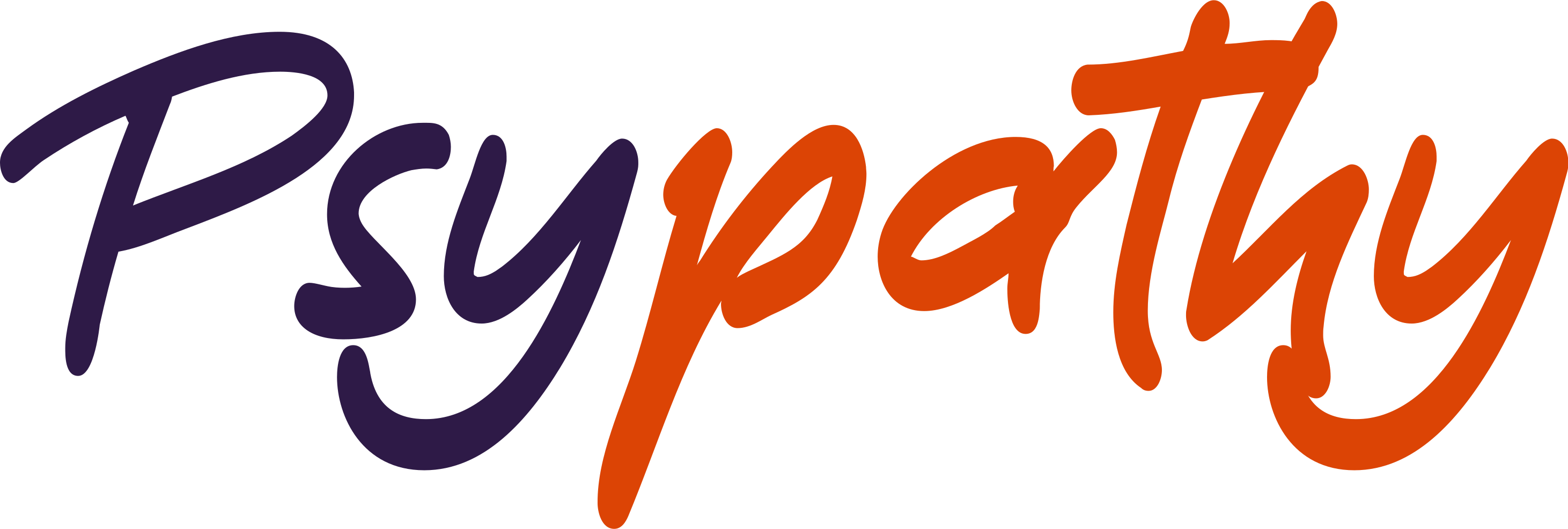
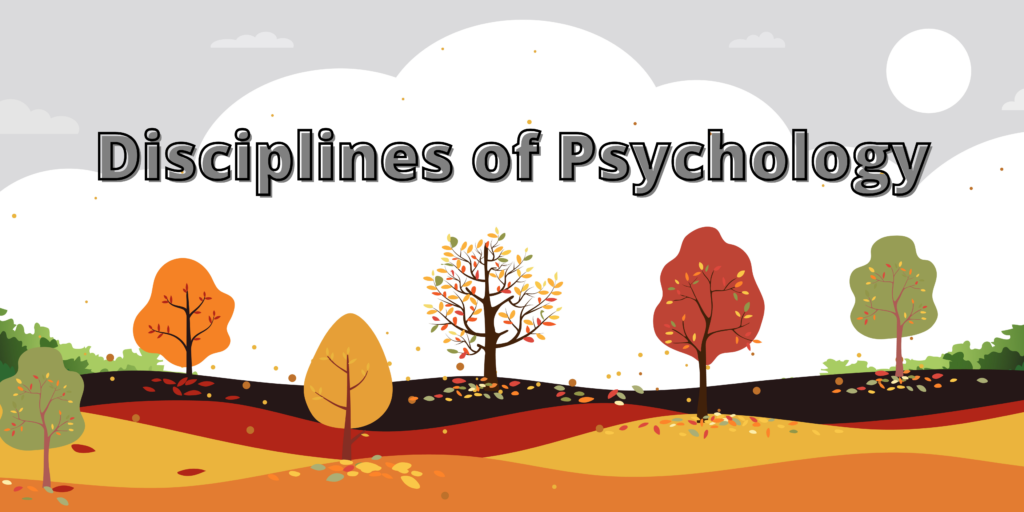
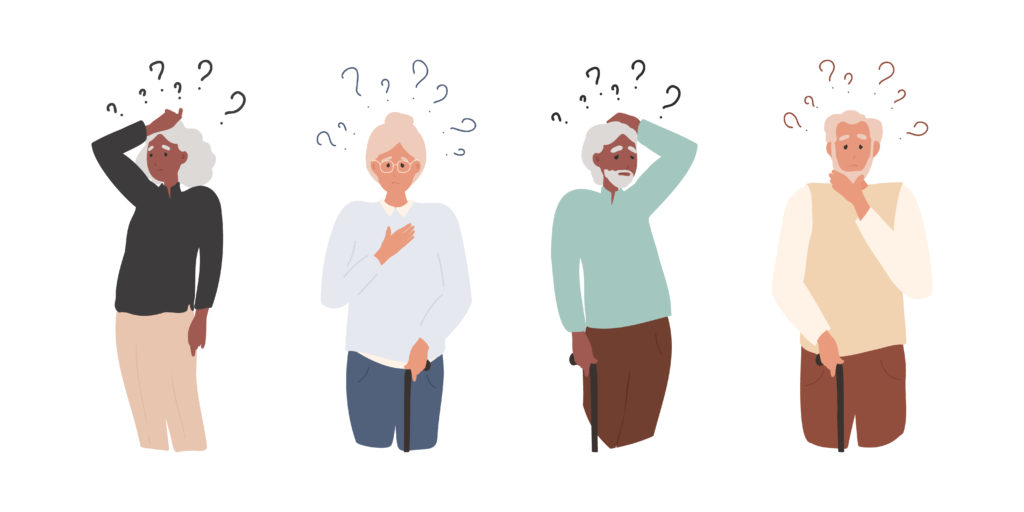

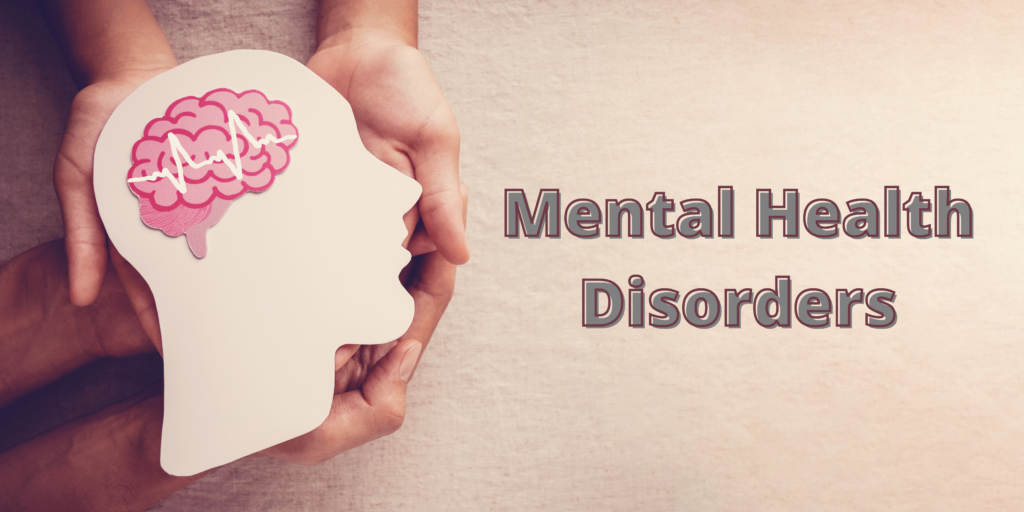

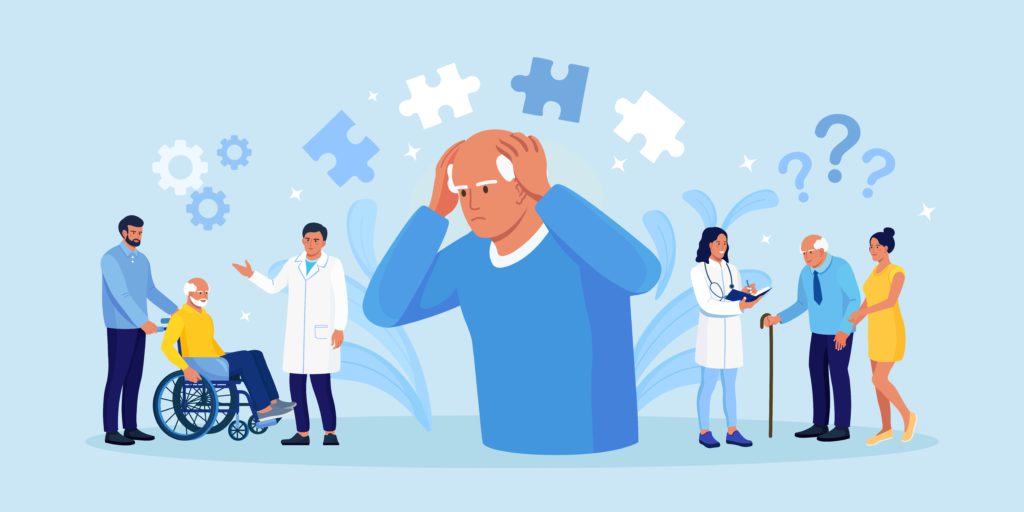
Responses